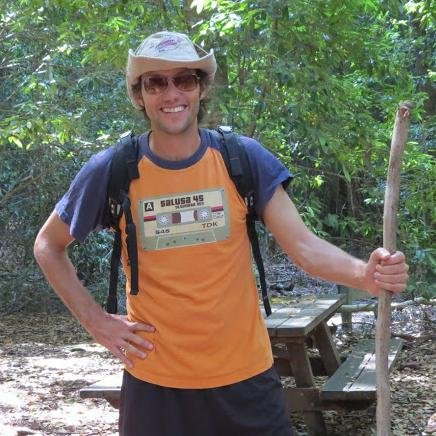Thoughts and Opinions on ADASS XXVI Day 1
These are a few random thoughts and opinions about ADASS XXVI. It is not meant to be complete and any errors are purely my own. Last year, I also posted my thoughts on ADASS XXV.
After having attended dotAstro, ADASS, and an IVOA meeting for the first time last year, I have come full circle and find myself back at ADASS. It is great to see so many familiar faces after a year of immersing myself in the range of astronomy software conferences.
This year certainly started off strong with a talk by Cristophe Arviset on the ESA Science Archive. With the release of the esasky (presented later by Jesus Salgado) and GAIA observations in the last year, the ESA science data centre is having a big year. Through the consolidation of different archives, they have achived significant cost savings but the archive has evolved over the years with several different generations of languages and platforms to support their data. The challenge of the next generation of even larger data sets will start the fourth generation of code (since 1998) at ESA as presented by Sara Nieto on the upcoming Euclid mission.
However, one common theme to the talks this morning was the need to be developing new code and adapting the best technologies in order to optimize the performance of the archives. New languages and technologies make it easier and easier to build archives and provide new features, while older code bases become difficult to maintain. As well as at ESA, this was seen in new designs at IPAC to optimize queries (Will Landry) and provide better user interfaces (Xiuqin Wu).
However problems with legacy data and FITS headers still haunt many archives. Both Sarah Graves (talking about the JCMT legacy archive) and Stephan Witz (NRAO archive) highlighted the problems that occur when bad meta data occurs. Personally, I find few things more frustrating to track down than bad meta data. By the time they are discovered, the correct values are typically long forgotten or data for a long period of time has been corrupted and needs to be fixed. It can really make some data sets unusable and a genral solution to this problem is not easy to come by.
After lunch, the topics shifted towards long term management of data archives. My feeling is that the topics touched on in here are things that we are barely familiar with now (HiPS and giving data sets DOIs (MAST DOI) that will be second nature in a few years and change how we are doing research.
Of course, there was too much to sum up in the day, so here were some more highlights:
1) The amazing number of archives supported by NASA ( IRSA, MAST, HEASARC, KOA, NED, the Exoplanet Archive, and ADS.) as presented by Luisa Rebull and their impressive productivity:
Why create an archive? Because MOST of the papers on the data will be via the archival data!#ADASSXXVI https://t.co/GdnTCsD51L
— ASCL (@asclnet) October 17, 2016
Although it is interesting to compare to the ESA model which is consolidating many of its archives. Archive services do collaborate and work towards interoperability, but a good, open question is whether astronomy would benefit from an even greater streamlined approach or more open collaboration.
2) Environments optimized for visualizing transient detections – this was just a cool example that we could have much better work environments for many of the tasks that we do. See Meade et al. 2014 as well as soon to be published results as well.
3) CLEOPATRA is developing some revolutionary technologies for sharing very high time critical information from different observatories.
4) Of course, the next frontier is currently here and graviational waves will require fast follow-up. Of course, there are many opportunities for collaboration and many of the tools are open source software.
Overall, a very interesting first day. It ended with two Birds of a Feathers sessions on FITS (again!–but standards are critical and I’ll be interested in the data model talks later in the week) and operating distributed telescopes (not an easy problem and will be more important especially with large radio telescopes and LSST follow-up), and then an enjoyable dinner with Tom Robitaille to plan our Birds of a Feather astropy session on Wednesday. Other than not having tiramasu for desert, we had a very good seafood dinner at Hostaria Malcanton, which is just the Piazza Unità d’Italia.
